The Xmas break is over for this summer-time. The holiday crowds have left vacationing along the coast of the southern Fleurieu Peninsula during the extended school holidays, and returned to work in Adelaide. The schools are back and the photographers have gone.
The hot days came and went during January, with the minimium/maximium temperatures rising. The warming trend means that Australian summers are becoming hotter and the heatwaves more intense. Sadly, the sand has been disappearing from Dep’s Beach and Petrel Cove ever since the big storm in December, and these two beaches are now looking desolate.
Over the Xmas break I continued to photograph in the early morning whilst walking with Kayla. I focused on low key macro photography before the light became too bright and contrasty. The photography is hand held and quick. The conditions are not suitable for slow large format photography.
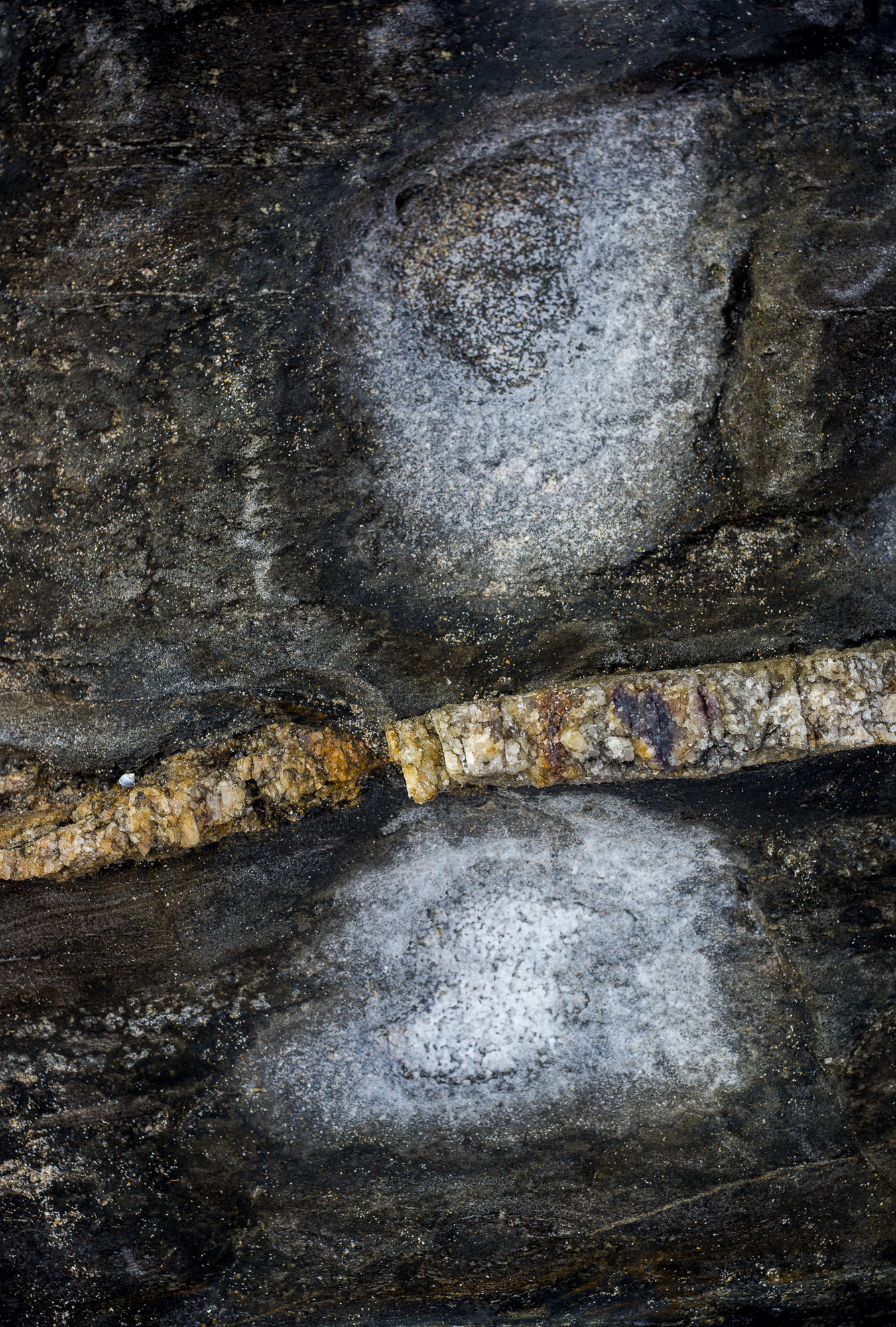
Currently, the mornings start cool, the days heat up and reach their zenith around 5 pm but, unlike drought damaged inland regions, the temperature usually drops at night. With the crowds gone, the beaches along the coast are quiet during the week, and we often have them to ourselves in the early morning around dawn and sunrise. We now have the space to be in the moment and see the transient and ephemeral nature of life on the coast.
A different approach to nature can be seen in the recreational boaties hunt for the tuna, which are migrating with the Leeuwin Current across the Great Australian Bight past South Australia to Tasmania. The hunt is on in earnest at Victor Harbor. There are traffic jams at the Bluff boat ramp at dawn on the weekends as the recreational boaties are out in force chasing the tuna off shore . The Coast 2 Coast Tuna Tournament for the biggest tuna is about to happen.
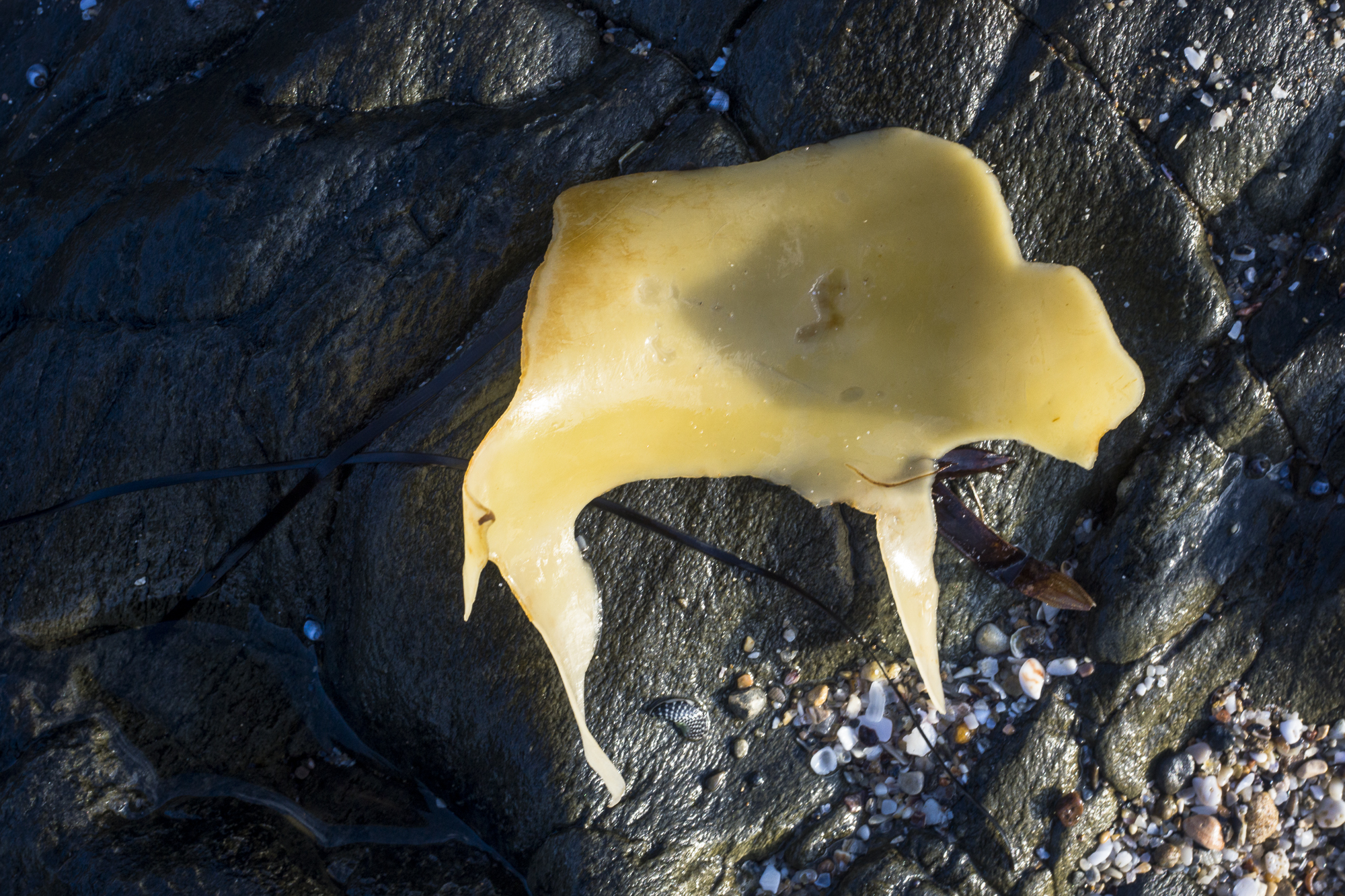
I walk with the poodles along the coast taking photos of the humble ephemera in the constantly changing landscape –eg., photographing the elegant simplicity of transient seaweed in the early morning light, just after sunrise. These are fleeting moments in a world of incompleteness and imperfection away from the regional society premised on an economy geared to exploiting nature.
The place around me is being shaped by the powers that be in Victor Harbor –eg., the Council. They say about their approach to placemaking that recreational tuna fishing is important economically to the coastal region, with thousands of dollars being spent on fishing gear, boats, trailers, 4 wheel drives and fuel.
I understand that South Australia has set an individual possession daily limit on recreational fishers of 2, but I don’t see this daily limit being policed at the bar ramp. It looks more like anything goes and who cares about sustainability. It’s catching the tuna that is all important.
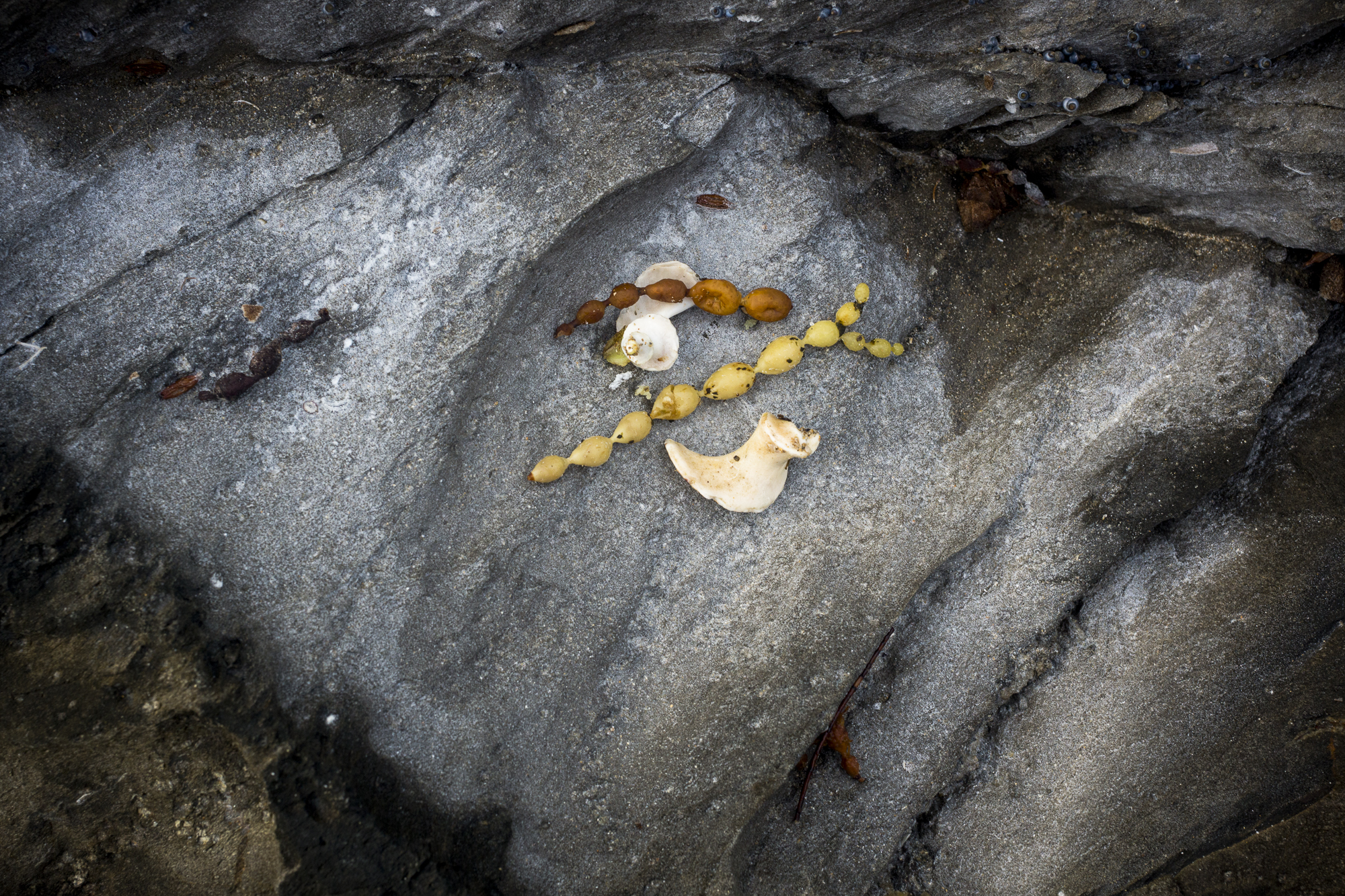
This summer will probably continue into March and the processes of a coastal nature will continue to change the simple objects on the coast, thereby highlighting the imperfection, withering and decay of things. The Japanese aesthetic of wabi-sabi helps us to make sense of life in the littoral zone.
The climate scientists are saying that we can expect summer temperatures to rise in the future due to human activity. Australia is already experiencing climate change and what appears permanent on the coast–the sandhills– will become fragile and impermanent with the rising sea levels. Impermanence becomes the pathos of things.
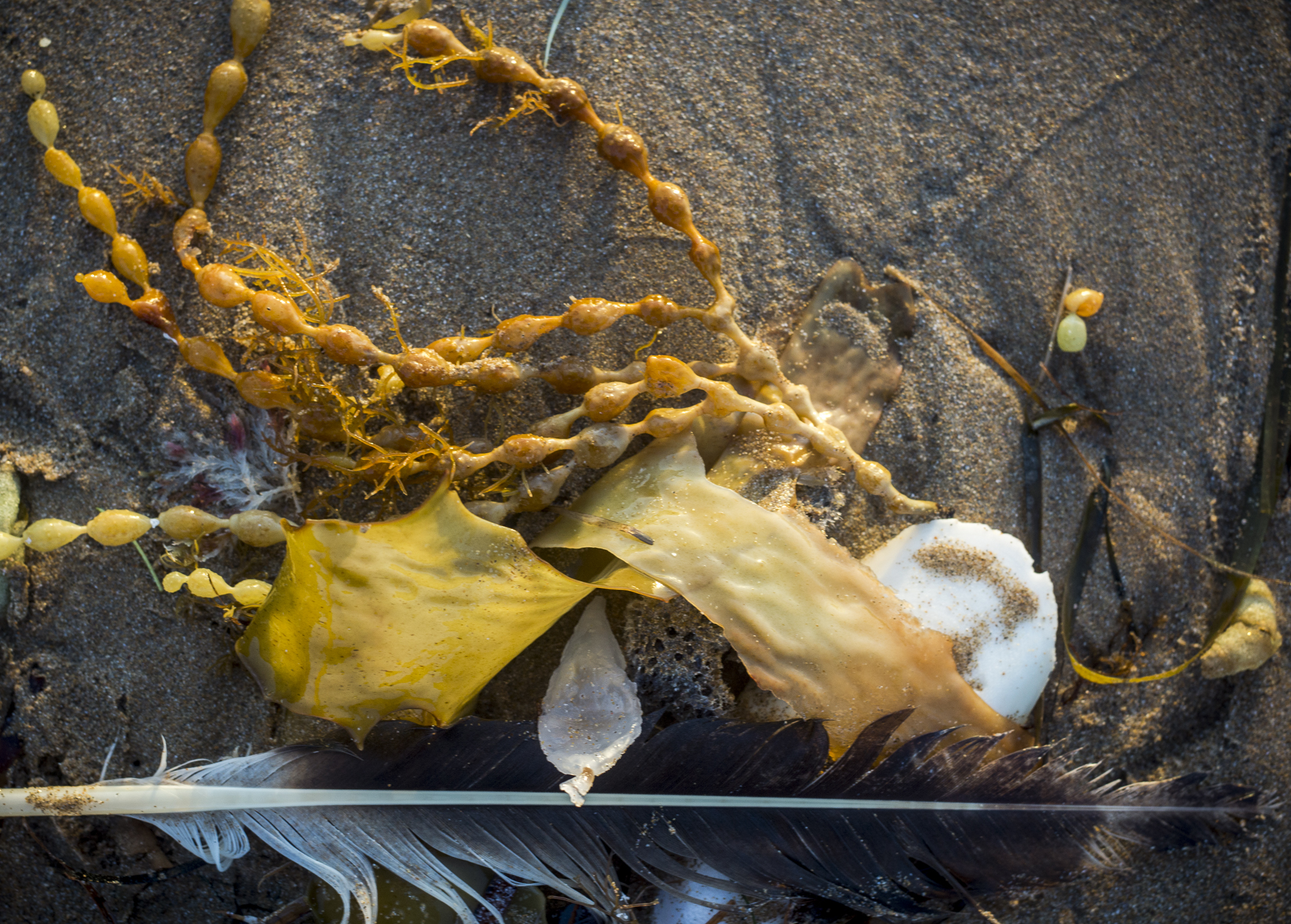
The current conservative Coalition government denies it, and its ministers continue to talk about taxpayers supporting or underwriting the building of new coal fired power stations. This government too will be eventually blown away, just like the humble feathers that are washed onto the shore by the powerful tides.
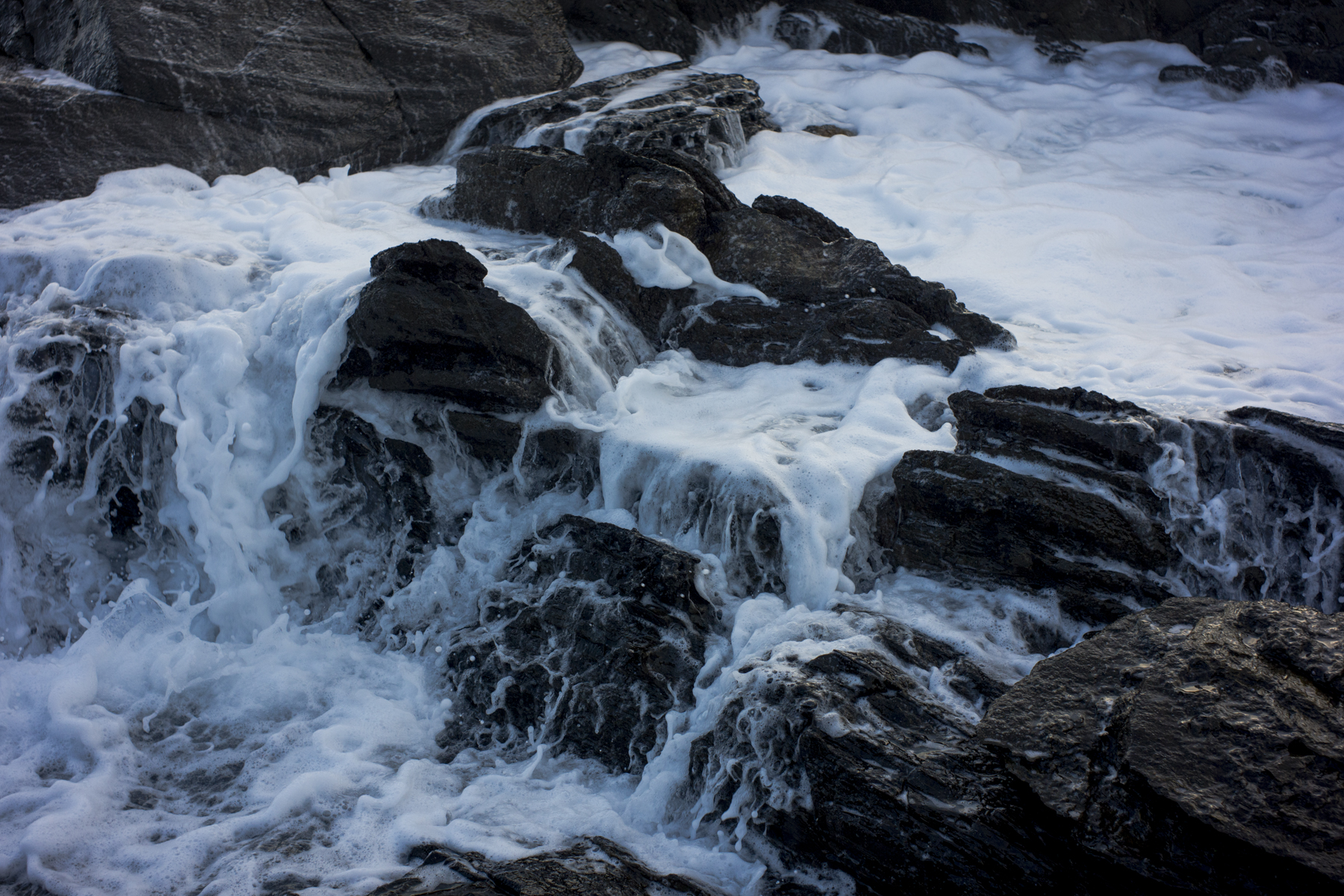
One Reply to “summer-time + impermanence”
Comments are closed.